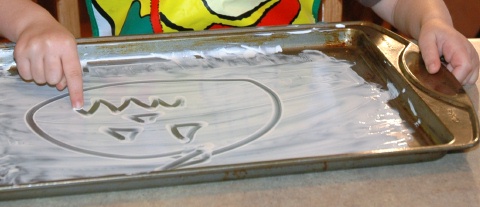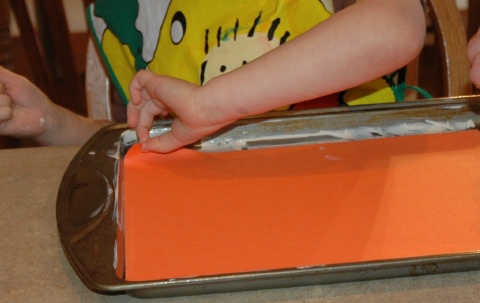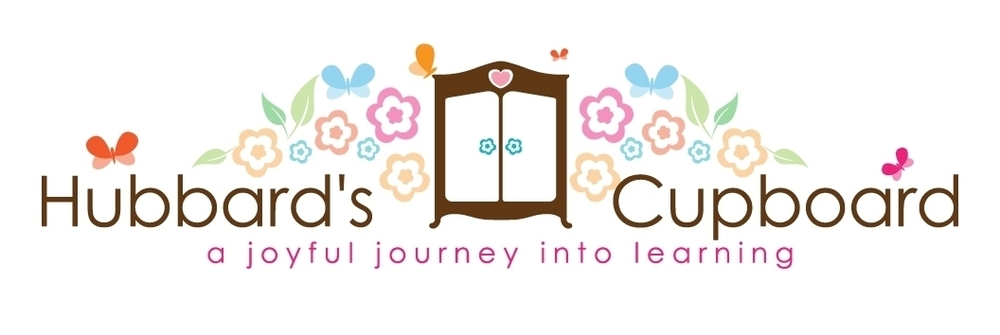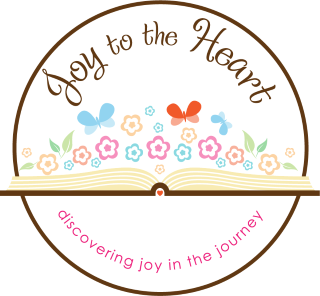The Very Busy Spider
by Eric Carle
Focus Story: The Very Busy Spider by Eric Carle
Companion Poem: 'Little Miss Muffet'
Day 1
Prior Knowledge:
Have each student's name written on a spider cut out. Have them place it on a Yes/No graph in response to the question, "Are you afraid of spiders?" Generate a discussion regarding why some students are and others are not afraid of spiders. As a class, create a KWL chart about spiders. What do students already know about spiders? What would they like to know?
Companion Poem:
Introduce the nursery rhyme companion poem, 'Little Miss Muffet', which many of the children might already know. Read the poem, pointing to the words. Ask questions to get students thinking about the words of the poem and the sequence of events, such as 'Where was Little Miss Muffet? What is a tuffet? What was she doing? What are curds and whey? Who came near Little Miss Muffet? How did Little Miss Muffet respond? How would you have responded? Do you think if you/she could learn more about spiders, you/she might respond differently?'
Go on a spider hunt and observe real spiders! Take photos, draw pictures, sit and watch to see how they move, what they do, etc. Share what was discovered! If observing real spiders is not an option, read a factual book about spiders. Stress common characteristics of spiders. (See Science, below.)
Day 2
Add new information gleaned from yesterday's observation and/or factual books about spiders to the 'what I learned' section of the KWL chart. Add to this throughout the week. Sort pictures of spiders vs non spiders, using new information learned. in comparing spiders and insects.
Focus Story:
Introduce the cover, title, and author of The Very Busy Spider. Read the first few pages and then ask the following questions... Where is the spider? How did she get there? Why is she not answering any of the animals' questions? Then, continue reading aloud for enjoyment and to see how story ends. Why did the very busy spider spin her web?
Companion Poem:
Reread the companion poem, 'Little Miss Muffet'. Then, divide the class in half and have them alternate the reading of each line.
Day 3
Focus Story:
Reread The Very Busy Spider. Encourage students to chime in on the repetitive portions ofthe story. Introduce and read the 'Very Busy Spider Retelling Chart.'
Printable Pictures for the 'Very Busy Spider Retell Chart'
Read aloud another factual book about spiders. Have each child complete a sheet which states... 'A spider has ______. A spider does not have______.' Bind these pages together to form a class book titled , 'We Know Spiders!' or'A Spider has...'.
Companion Poem:
Reread the companion poem, 'Little Miss Muffet'. Then, present a small chair (for the tuffet) and a bowl and spoon (for the curds and whey). Have two volunteers be 'Little Miss Muffet' and 'the spider' and act out the rhyme as the rest of the class chants the rhyme. Repeat this several times, choosing different actors each time.
Day 4
Focus Story:
Reread The Very Busy Spider, again encouraging students to chime in on the repetitive portions ofthe story. Reread the 'Very Busy Spider Retelling Chart.' This time, divide the class in half and have half of the class read the first sentence, inserting the animal name and making the corresponding animal sound (orange sentence strip) and the other half of the class say, 'The Spider didn't answer. She was very busy spinning her web.' (pink sentence strips). Then have all the students read the last sentence (blue) together.
Companion Poem:
Reread the companion poem, 'Little Miss Muffet'. Have students mask certain letters in the poem. Also have them listen for rhyming words used in the poem.
Day 5
Companion Poem:
Reread the companion poem, 'Little Miss Muffet'. Then, place a blank, laminated sentence strip over the words 'Miss Muffet' , 'tuffet', and'curds and whey'. Insert students' names in the first slot, a silly rhyming word in the second slot, and the child's favorite food(s) in the third slot. (for example, 'Mr. Andrew', 'tandrew', and'mac and cheese'). Reread and let students enjoy the new poem made up about them!
Focus Story:
Reread The Very Busy Spider and the 'Very Busy Spider Retelling Chart.' Then, have the class make a spider web like the very busy spider! Give each student one picture that corresponds to one letter of the alphabet (/a/ - /z/). Toss white yarn from 1 sound to the other in random order. OR Give each student one letter from the alphabet (Aa - Zz). Toss the yarn from child to child in ABC order. Either version should create a class web of yarn.
Related Read Aloud Stories/Poems:
Focus Story: The Very Busy Spider by Eric Carle
Companion Poem: 'Little Miss Muffet'
I Love Spiders by John Parker
Spiders, Spiders Everywhere! by Rozanne Lanczak Williams
Spiders Are Not Insects by Alan Fowler
Spiders by Christopher Nicholas
Spider Names by Susan Canizares
Eensy Weensy Spider by Mary Ann Hoberman
Itsy Bitsy Spider, The by Iza Trapani
Little Miss Muffet's Count Along Surprise by Emma Chichester Clark
Possible Cross Curricular Connections:
Art:
1. Spider web marble art with some silver or white glitter sprinkled on top.
2. Make a spider using 2 sizes of halved Styrofoam balls and black pipe cleaners (2 body parts, 8 legs)
3. Finger paint with white paint. Make a spider in the paint. Press black paper on top of the paint. Lift to reveal your spider (We used black and white paint and made pumpkins, too!) Thanks to Judy Reed for sharing this idea!



4. Make Little Miss Muffet from cut construction paper pieces.
Math:
2. Spider Addition – Use the spider counters on the web to solve simple oral addition and subtraction story problems.
3. Spider Web Counting Mats – read the numeral and count out the corresponding number of spider cut outs (or black pom poms)
4. Spider Roll and Count – roll the die, color that same number of spiders on the worksheet
5. Using the Spider Count booklet, have students make spider illustrations by using their thumbprint and fingertip print to form the spiders on each page to correspond with the following poem...
Spider Count
by M. Hubbard
1 spider, 2 spiders, 3 spiders, 4!
5 spiders, 6 spiders, 7 spiders. More?
8 spiders, 9 spiders, 10 spiders. Phew!
Hopefully no more spiders.
For we are through!
Science:
Learn the characteristics of spiders, such as the following...
Characteristics
- not insects, only 2 body sections (head/chest and abdomen)
- 8 legs (4 on each side)
- up to 8 eyes (4 pair)
- hatch from eggs
- have fangs
- Eat – other insects and spiders usually
- Live – everywhere
- Webs – how and why – build homes, catch other insects, to protect eggs, to travel further
The Spider Poem
Spiders are not insects,
Spiders have eight legs,
Spiders have four pair of eyes,
Spiders hatch from eggs.
Spider webs are sticky,
Spiders weave them tight,
Spiders spin that silky string,
Spiders weave webs right!
- Why do spiders make webs? Sing this song to help you remember!
The Spider Spins a Web
Tune: The Farmer In the Dell
(by M. Hubbard)
The spider spins a web,
The spider spins a web,
Round and round, good and strong
The spider spins a web.
Additional verses:
The web is a home.
The web catches food.
The web protects the eggs.
The web is used for travel.
Literacy:
3. Letter Sound Webs – Use with the following song…
There's a Spider on the Web
There's a spider on the /a/, on the /a/.
There's a spider on the /a/, on the /a/.
Watch the spider go.
It's moving to and fro.
There's a spider on the /a/, on the /a/.
(Students place a black pom pom 'spider' on the letter web.)
Related Internet Resources:
Spider Printables and Crafts - from Enchanted Learning
Spider Lessons - from SEDL (Southwest Educational Development Laboratory)



















